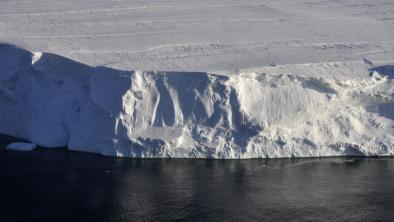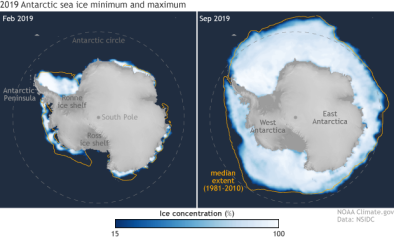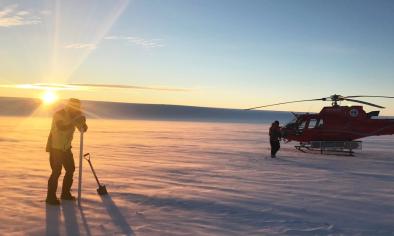Science Source
Consequences of twenty-first-century policy for multi-millennial climate and sea-level change
- States that most of the policy debate surrounding the actions needed to mitigate and adapt to anthropogenic climate change has been framed by observations of the past 150 years as well as climate and sea-level projections for the twenty-first century
- States that the focus on this 250-year window, however, obscures some of the most profound problems associated with climate change
- Argues that the twentieth and twenty-first centuries, a period during which the overwhelming majority of human-caused carbon emissions are likely to occur, need to be placed into a long-term context that includes the past 20 millennia, when the last Ice Age ended and human civilization developed, and the next ten millennia, over which time the projected impacts of anthropogenic climate change will grow and persist
- This long-term perspective illustrates that policy decisions made in the next few years to decades will have profound impacts on global climate, ecosystems and human societies — not just for this century, but for the next ten millennia and beyond
 The above image shows that sea level changes in response to climatic changes are intrinsically slow – following the large thermal mass of oceans and ice sheets. But if you look at the millennium-scale you see that sea level changes to several degrees of warming are also very large – and what happened between the cold and mild state of Earth (Pleistocene-Holocene boundary) could repeat itself between the mild and hot state of Earth (Holocene-Anthropocene boundary – following human carbon emissions).
The above image shows that sea level changes in response to climatic changes are intrinsically slow – following the large thermal mass of oceans and ice sheets. But if you look at the millennium-scale you see that sea level changes to several degrees of warming are also very large – and what happened between the cold and mild state of Earth (Pleistocene-Holocene boundary) could repeat itself between the mild and hot state of Earth (Holocene-Anthropocene boundary – following human carbon emissions).
Related Content
Headline

Jan 29, 2020 | BBC News
Journey to the 'doomsday glacier'
Headline

Nov 22, 2019 | NOAA Climate.gov
Understanding climate: Antarctic sea ice extent
Headline

Mar 26, 2019 | The Guardian
Australian researchers find huge lakes beneath largest east Antarctic glacier
Science Source
| Geophysical Research Letters
Mass Loss of Totten and Moscow University Glaciers, East Antarctica, Using Regionally Optimized GRACE Mascons
Yara Mohajerani, Isabella Velicogna, Eric Rignot


